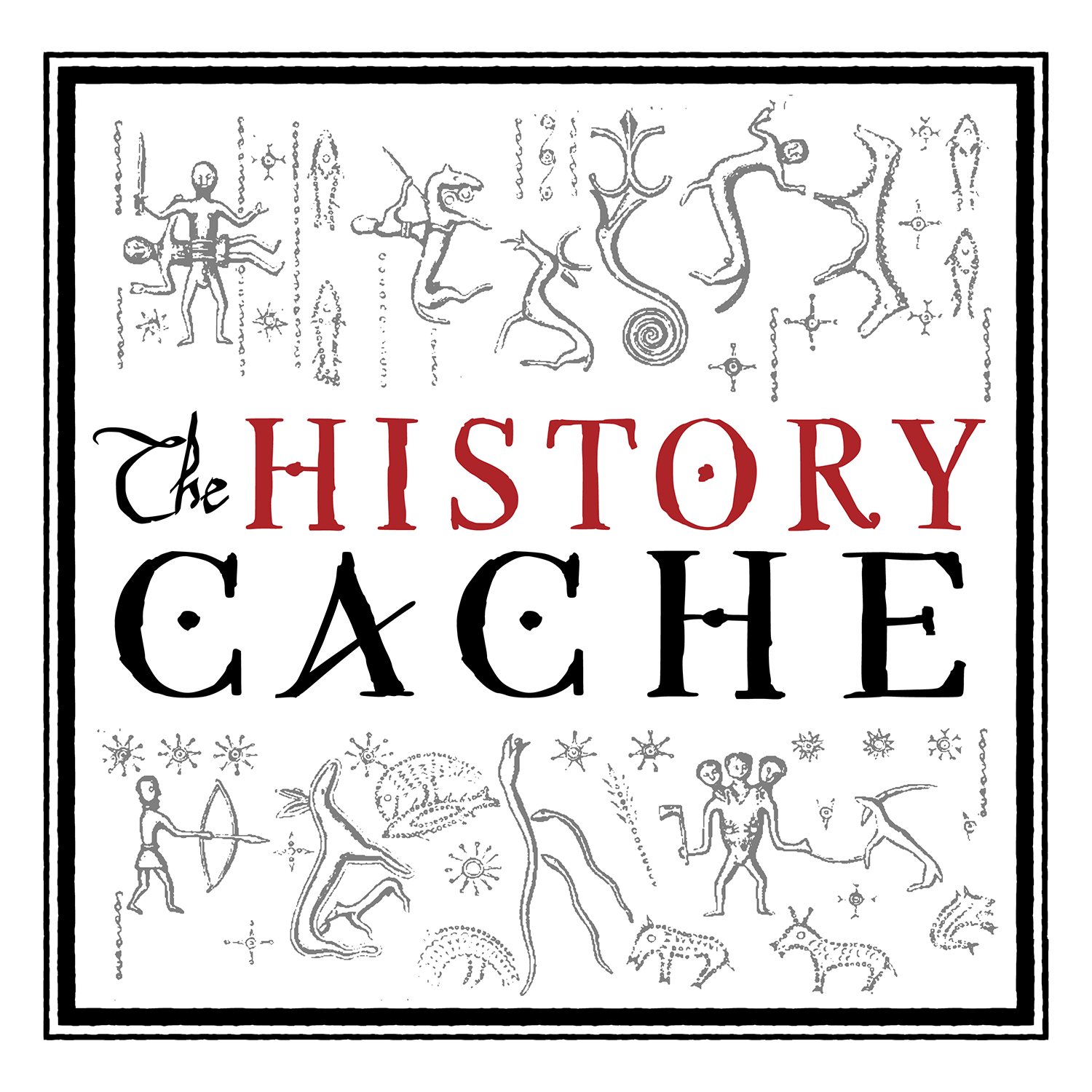From the Cache: History’s Happy Little Accidents
Description
From the cache! Until an all-new episode premiers this October, please enjoy this recast. Bob Ross, American painter and iconic TV host of the 80s and 90s, famously told us that there are no mistakes, only “happy little accidents.” There are numerous examples of history happening by accident--archaeologists accidentally stumbling upon a find, scientists accidentally discovering a breakthrough--and today we explore four such stories.
First, we travel to 1856 when a teenager accidentally discovered mauve and synthetic dye while he was on vacation, which led to the pioneering of immunology and a Nobel prize. Then we head to 1940s France, when a group of teenagers chasing after a dog accidentally stumbled upon Lascaux cave, one of the greatest prehistoric finds of all time. Then we travel to 1767 to visit the Ayutthaya kingdom just before it was invaded by Burma. Almost 200 years later, a seemingly unremarkable statue pulled from its ruins finally tells its secrets: the Golden Buddha or, Phra Phuttha Maha Suwana Patimakon, is now one of the world’s most famous statues, and if it hadn’t been for an accident in the 1950s, we would all still believe it was made of nothing more than plaster and colored glass. Finally, we skip ahead all the way into the 2000s for a look at some accidental breakthrough MS research.
Come join me as we uncover some of history’s most incredible happy little accidents.
More Episodes
For 1,000 years the Judean Date Palm has been extinct, likely wiped out due to human warfare which took a toll on the palm plantations that required copious amount of water and care in the harsh desert environment.
The fruit from this particular species was said to be unusually sweet and was...
Published 09/13/23
Published 09/13/23
It was believed the Coelacanth went extinct along with the dinosaurs around 66 million years ago when the Chicxulub impactor smashed into planet Earth…that was until Marjorie Courtenay-Latimer, curator of the East London Museum, found one in a pile of fish on a dock in South Africa in 1938.
This...
Published 08/23/23


